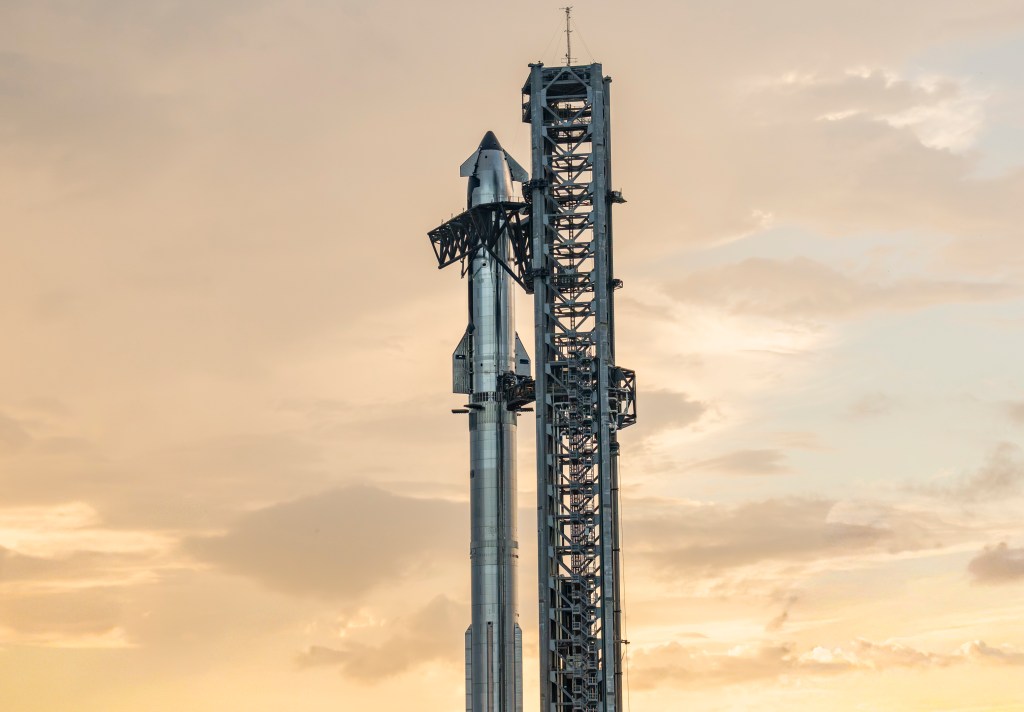On August 26, 2025, SpaceX’s colossal Starship rocket embarked on its tenth test flight, marking a pivotal moment in the company’s pursuit of space exploration advancements. The 403-foot-tall vehicle launched from Starbase, SpaceX’s dedicated facility, at 7:30 p.m. ET, following two prior launch postponements earlier in the week. Propelled by 33 methane-fueled Raptor engines, the rocket ascended into the sky, achieving stage separation approximately three minutes post-liftoff.
A notable aspect of this mission was the Super Heavy booster’s descent. Engineers executed a deliberate shutdown of the primary landing engines, transitioning to backup engines to assess performance under potential failure scenarios. This maneuver was executed flawlessly, culminating in the 232-foot-tall booster achieving a precise splashdown in the Gulf of Mexico.
Concurrently, the upper stage, referred to as Starship, successfully reached space. In a first for the Starship program, it deployed its payload door to release eight Starlink mass simulator satellites. This operation, previously planned but unachieved in earlier missions, demonstrated SpaceX’s progress in payload deployment capabilities. Additionally, the company successfully reignited one of the Raptor engines in the vacuum of space, a critical step for future missions requiring engine restarts beyond Earth’s atmosphere.
The reentry phase provided a rigorous test for the vehicle’s thermal protection system. Engineers intentionally removed tiles from specific sections to evaluate the spacecraft’s resilience during atmospheric reentry. The upper stage endured intense heat and aerodynamic forces, ultimately splashing down in the Indian Ocean. Notably, the vehicle maintained communication with SpaceX engineers throughout the descent, a significant improvement over previous flights where communication was lost during critical phases.
This successful mission represents a substantial advancement for SpaceX, addressing and overcoming challenges encountered in prior tests. The achievements bolster confidence in the Starship program’s trajectory, particularly concerning its role in NASA’s Artemis program, which aims to return humans to the Moon by mid-2027. Furthermore, the demonstrated capabilities are pivotal for the deployment of next-generation Starlink satellites, enhancing global internet coverage.



